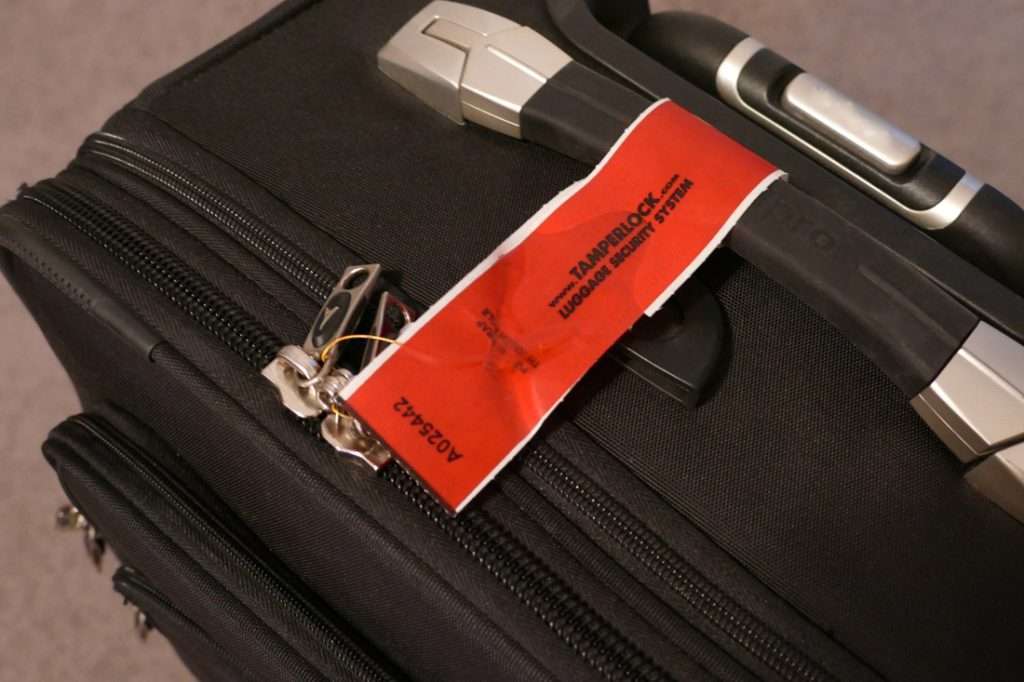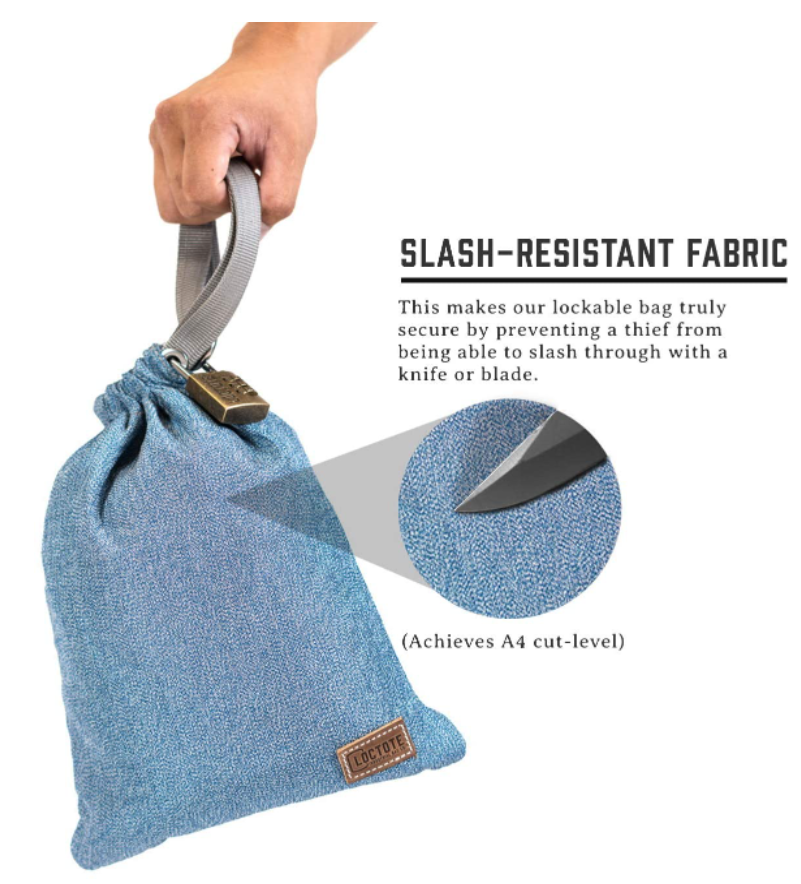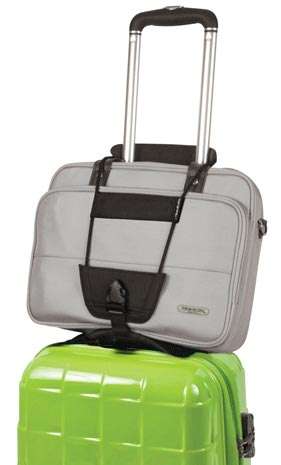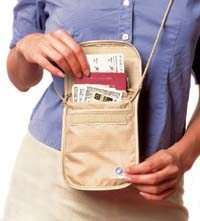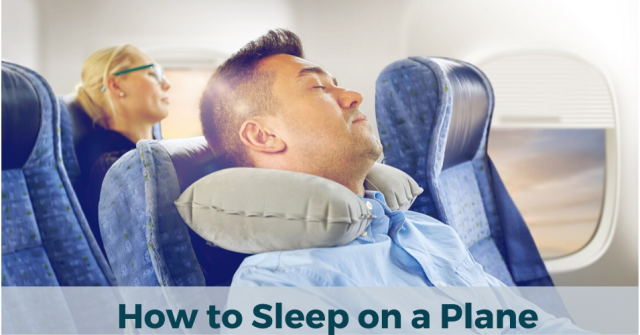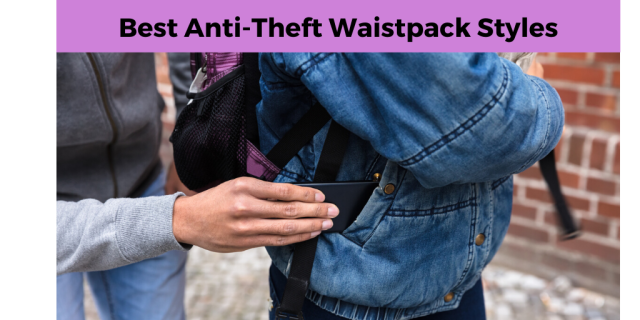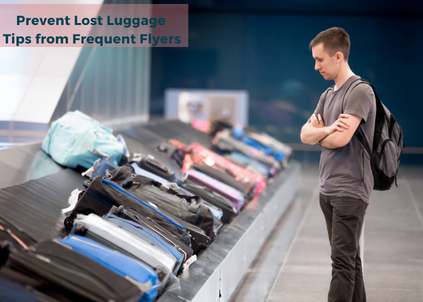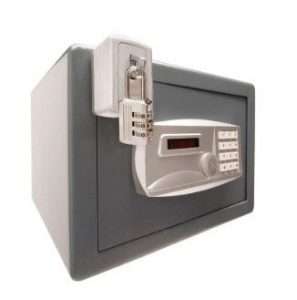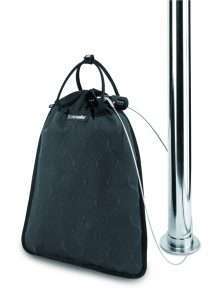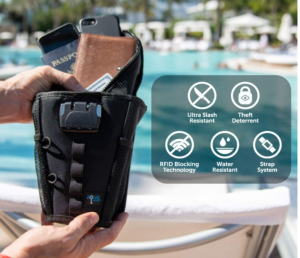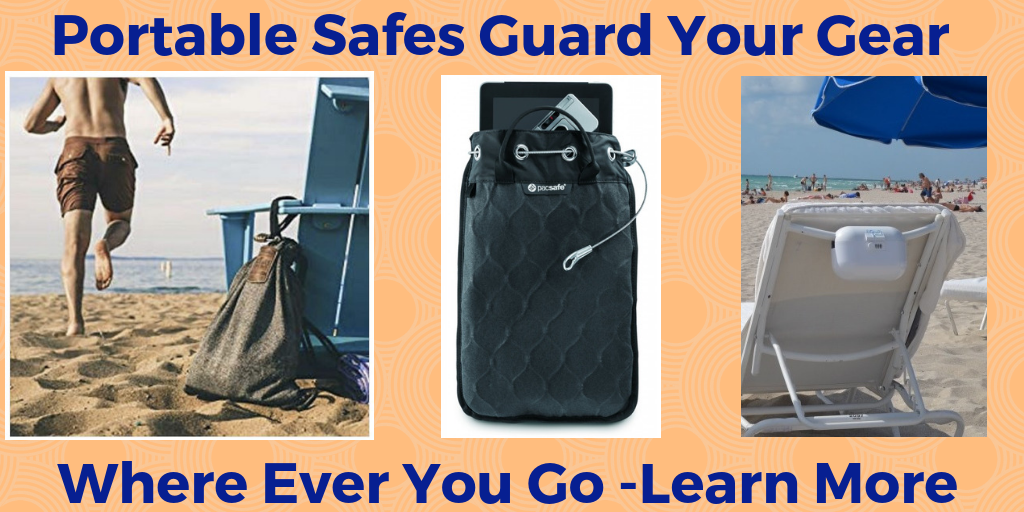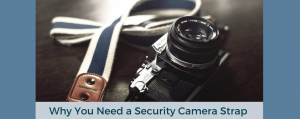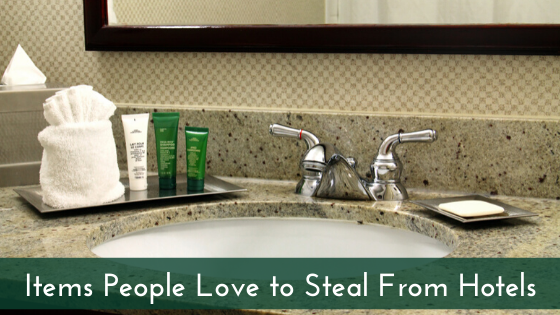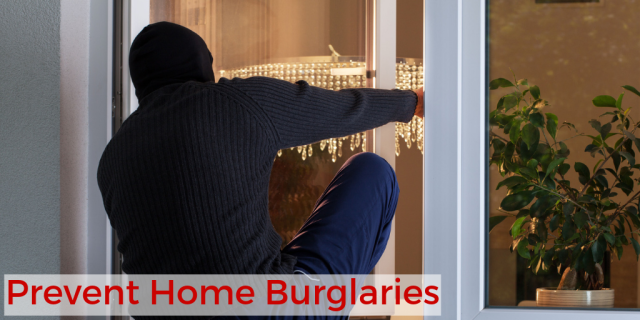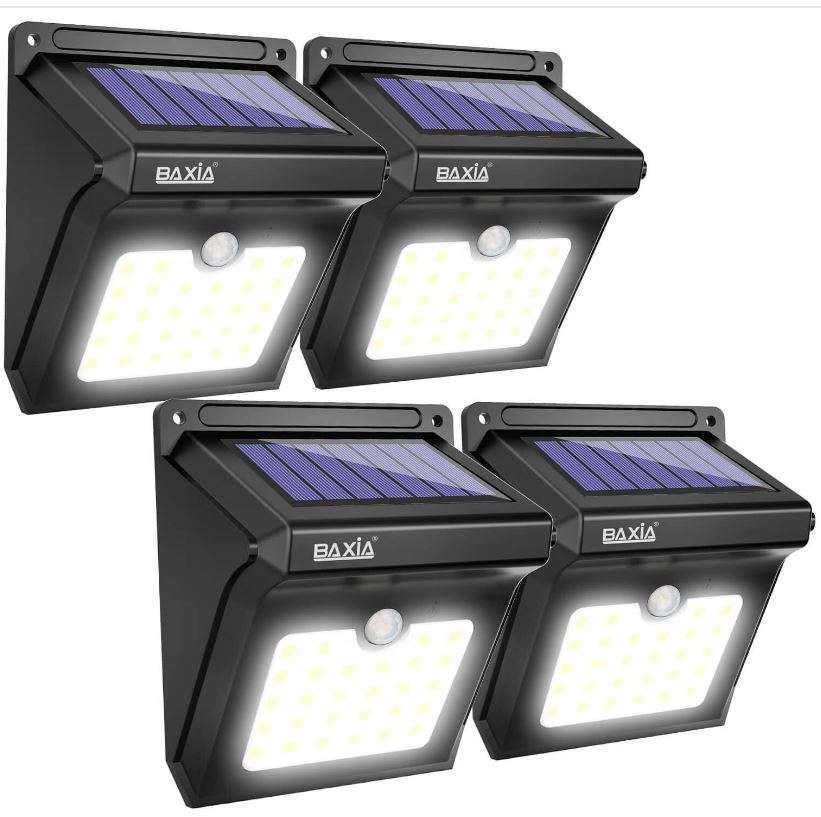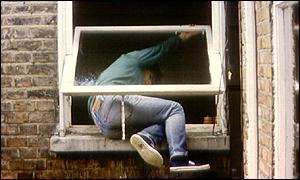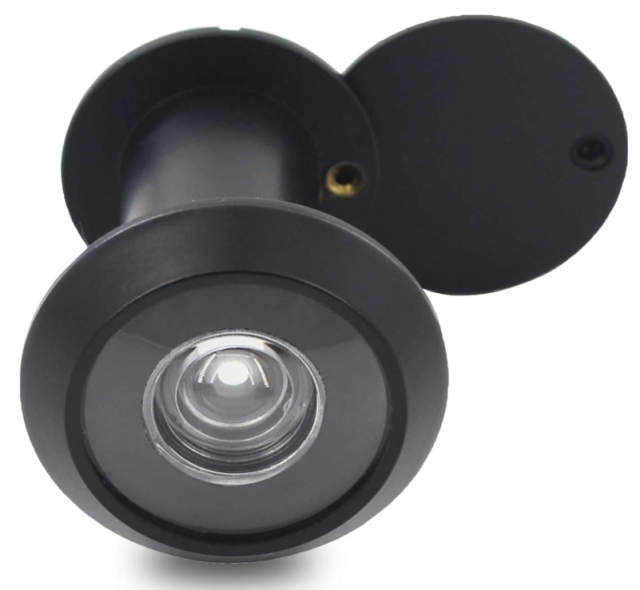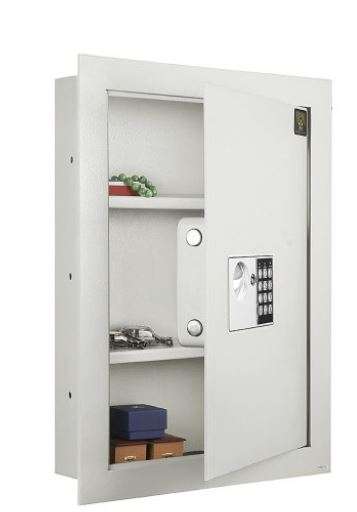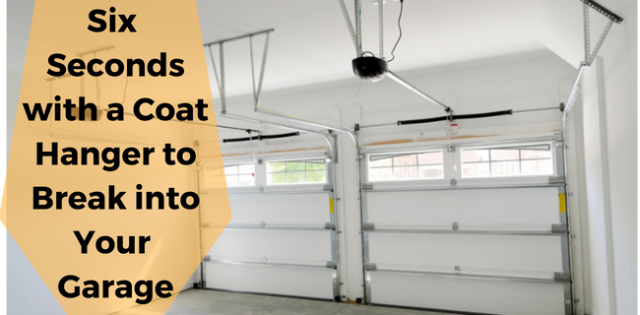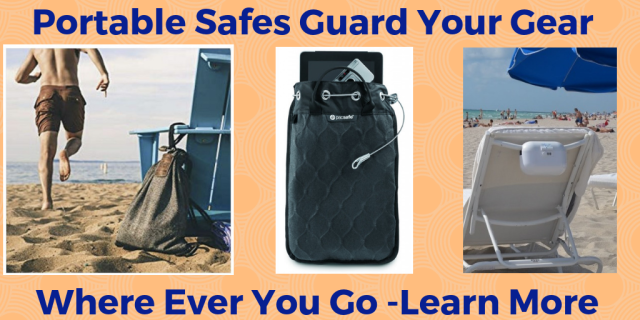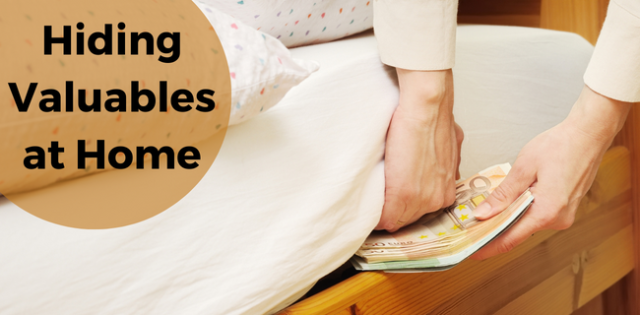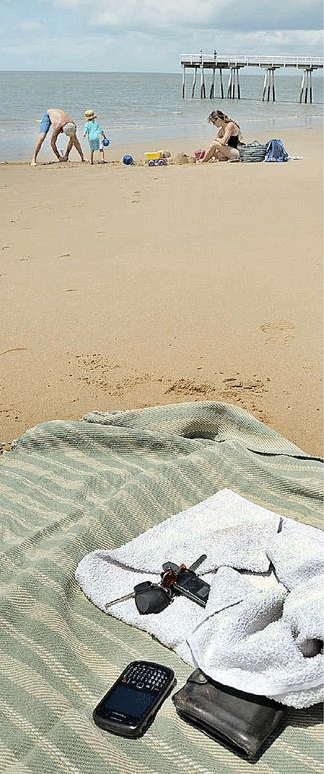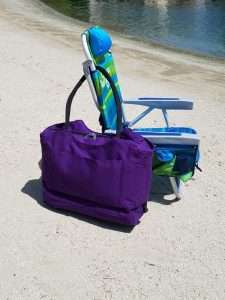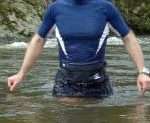Are Your Valuables Safe In Your Carry-On Bag?
With all the other worries associated with air travel, the last thing you want to think about is theft on board airplanes. The people who steal from travelers’ carry-on bags
are both airline employees (usually flight attendants) and fellow travelers.
Unfortunately, theft from sleeping and unknowing passengers has been going on for years – while not extremely common, it only gets brought to the public’s attention when an arrest is made, so who really knows how often these events occur?
If you take a look at where these thefts seem to be reported most, the majority seem to occur internationally – with many within Asia. Here are just a few to read about.
- CNN reported one of the largest in-flight thefts ever reported. A Turkish businessman reported he had $260,000 (cash and jewelry) stolen from his bag which was above him in the luggage compartment.
- South China Morning Post reported several incidents of in-flight thefts.
- BBC News reported that members of a crime ring were targeting business passengers of South African Airways (SAA).
- NBC TV Los Angeles also reported the increase of in-flights and interviewed a woman who had her purse stolen from a flight attendant on her flight from LAX to Paris. Even the son of actress Sybil Shepard was arrested for stealing a camera and other valuables from fellow passengers.
- Many of these thefts have been occurring for years. Back in July 2010, an Air France flight attendant was arrested for stealing cash and other valuables from sleeping business class passengers on long-haul flights between France and Asia. The police were alerted to the possibility of an airline flight attendant stealing from business and first-class passengers in January after five passengers on a flight to Tokyo lost the equivalent of $US 5,150 in foreign currency. Upon her arrest, police say she confessed to 26 separate thefts but believe she committed dozens more. They also found she had a bank safe-deposit box full of stolen jewelry, credit cards, cash, blank checks, and travelers’ checks at her home. The theft of property from travelers while inside the cabin is not a huge problem, however, it does happen.
Minimize your chance of having items stolen in-flight; follow these tips:
1. Hang it up carefully If you are in the habit of hanging your jacket or coat in the closet, take all your valuables — especially your wallet — out of the pockets. That’s the first place a thief will look. Both flight attendants and passengers can access the closet.
2. Mark your bags Carry-on bags often look similar. To help distinguish your luggage from other bags mark your bag with a sticker or ribbon – anything that makes a mix-up less likely. This will prevent the intentional — and unintentional — handling and the opening of your property.
3. Place carry-on bags upside down When you place your carry-on bag in the overhead compartment, turn it upside down, so the bag rests on the outer pocket (which often contains valuables), this makes it nearly impossible to un-zip that pocket. If you use a hard-sided bag this is not a concern.
4. Lock your carry-on bag While it’s an inconvenience, lock your carry-on bag so it cannot be accessed while you are sleeping, or go back to the airplane lavatory. Most carry-on bags can be locked. A hard-sided carry-on is more secure than a soft-sided bag with pockets and zippers that can be reached into. This hard-sided bag is a best seller and is available in many colors.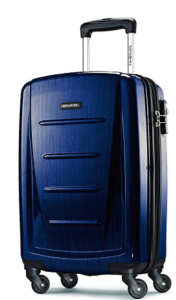
5. Walk it through If there is a long security line, your anti-theft carry-on bags may clear the X-ray scanner before you make it through the metal detector. Wait until you are ready to walk through the machine before releasing your purse, wallet, or laptop to the conveyor belt. Fact: More items go missing in the security line than from any other place at the airport.
6. Stow it nearby Once you’re on the airplane, keep your carry-on bag nearby. Some back-of-the-plane passengers think it’s smart to stow their bag in an overhead bin up front for an easy grab during de-planing. Additionally, when you get to your seat, place your carry-on in the overhead compartment across from your seat – not over your seat. That way, you can see anyone who might try to get your valuables.
7. Bury your wallet and cash in your carry-on If you put your billfold or any other valuables in your bag, don’t put them in the outermost compartments. That’s pretty much telling a thief, “Help yourself.” Once you board the plane, unless you plan on buying food, drinks, or other in-flight items, you will have no need for your wallet and cash, a few airlines still accept cash payment for food or drink. most airlines are moving a system where you load your credit card to the airline’s app. Other than one credit card to buy items on the plane, bury your wallet and cash deeply in your carry-on bag. You can even put your valuables in a smaller bag inside your carry-on that you can remove and keep with you if needed. If you wanted an even higher level of security for your valuables inside your carry-on luggage, you could place them in a portable travel safe that features a built-in anti-slashing material and locking steel cable. Some travelers have used items like these and then used the built-in anti-theft cable – by routing it through the frame of the bag, which can usually be accessed by unzipping the carry-on bags inside the liner.
A portable travel safe is a great travel accessory. You can use it to secure valuables at your destination and even at home or your office. The Travelsafe 5L Portable Safe is a favorite packable travel safe (lays flat in a bag) of savvy travelers who use it in their hotel rooms when no room safe is available, or it is too small to secure a laptop. Additionally, you can use a travel safe in a rental car by securing it to part of the vehicle frame to secure valuables. This following is also packable and lightweight.
8. Watch your seat Be careful when storing your bag under the seat in front of you; don’t face any pockets forward, or the passenger in front of you may walk off with your goods. Also, never leave anything of value on your seat when you leave it to go to the lavatory or to take a stroll.
9. Exercise common sense Carry your purse in front of you and keep your wallet out of your back pocket. I know this sounds obvious, but when people are in an airport they think they are in a safe and enclosed environment. Often common sense gets checked with baggage. Fellow travelers can be opportunistic thieves, don’t tempt them.
10. Speak up Don’t overreact if you catch someone handling your bag (innocent mistakes do happen), but be firm nonetheless. Similarly, if you witness a theft, tell someone immediately — a flight attendant, gate agent, security guard — anyone. I‘m sure you would want their help if you were the victim. If you board late, chances are your surrounding overhead compartments will be full, but the flight attendant will probably find space someplace else, or worst case, they take it from you and place it in the belly of the aircraft at the last minute. Make sure you take what you need out of your bag before you let them take your bag.
Four Things to Keep on Your Person on the Plane
There are only four things (maybe three) you need to have on your person on the plane, they are your ID (passport if traveling internationally) a credit card, a cell phone, and essential prescription medications. If someone steals every single thing you brought with you, these are really the only things you cannot replace quickly and easily, and that you will absolutely need to get you out of pretty much any jam upon landing.
Almost everything else you can replace. Without your ID, credit card, and cell phone, you can’t rent a car, check into the airport hotel, buy food, or get on a plane to take you back home. Even calling your family or friends in an emergency becomes difficult. A simple solution to keeping your valuables on your person is to wear a neck wallet. Use the neck wallet to hold valuables and tuck the neck wallet under your shirt or blouse. Even if it is visible, it is a great security accessory.
Anything You Really Care About, Wear It! We advocate that you don’t travel with sentimental or valuable jewelry. If you must travel with valuables, don’t pack them, wear them!
Theft on board airplanes does happen, but not frequently. Follow these tips, be smart, and take precautions for a worry-free flight.



